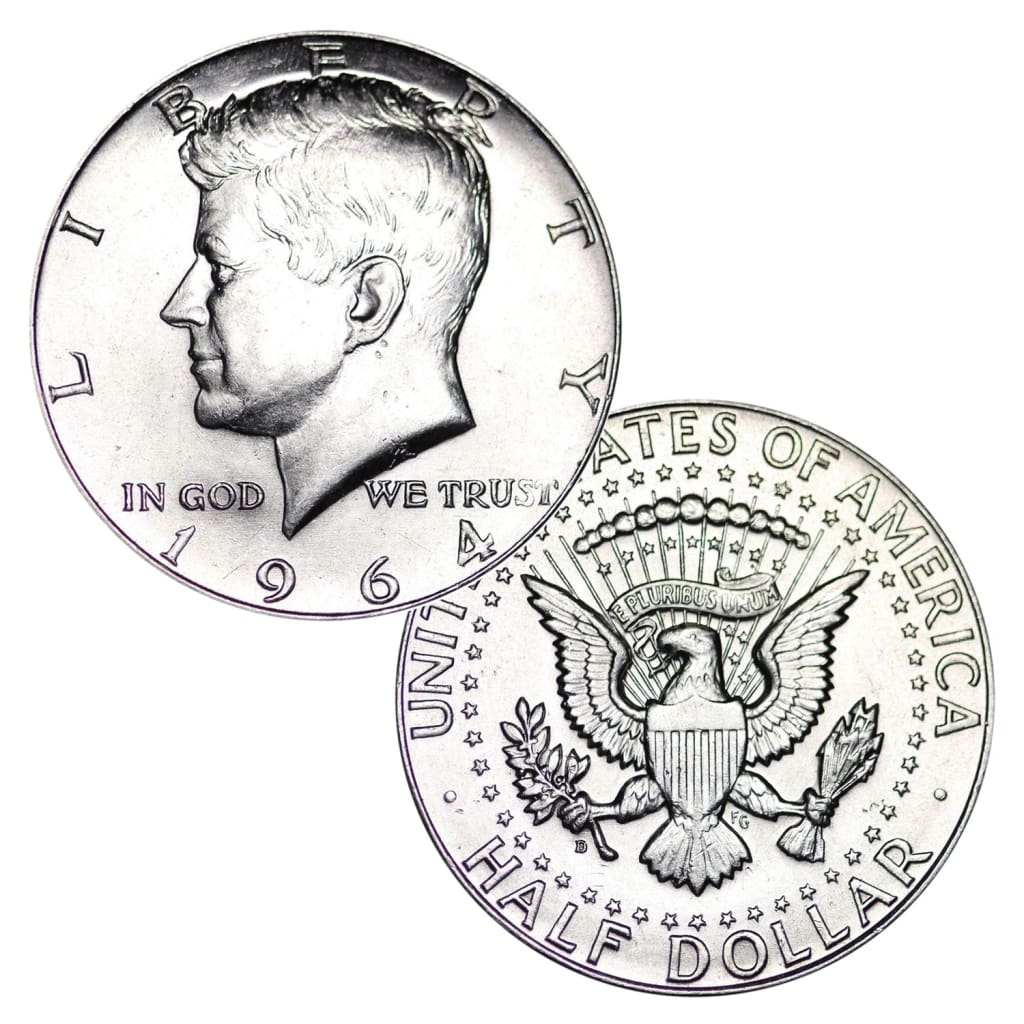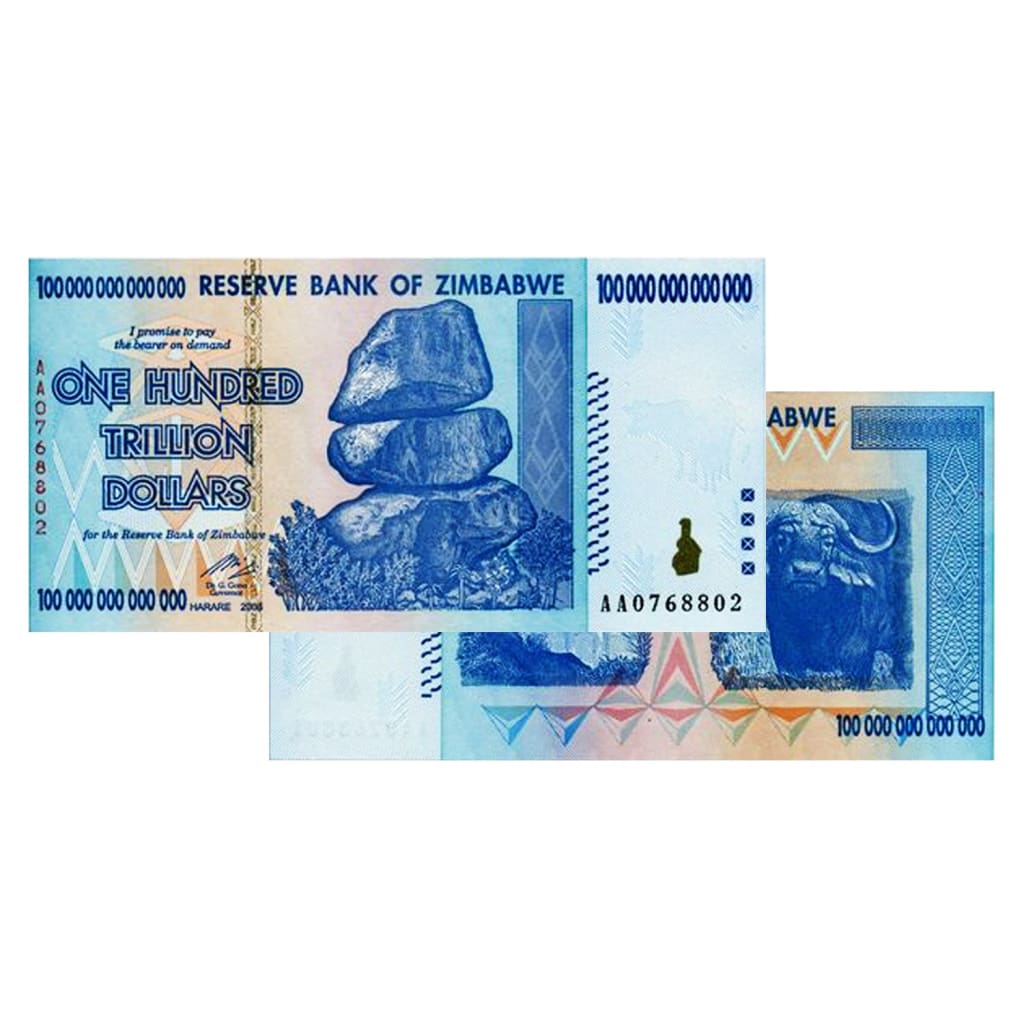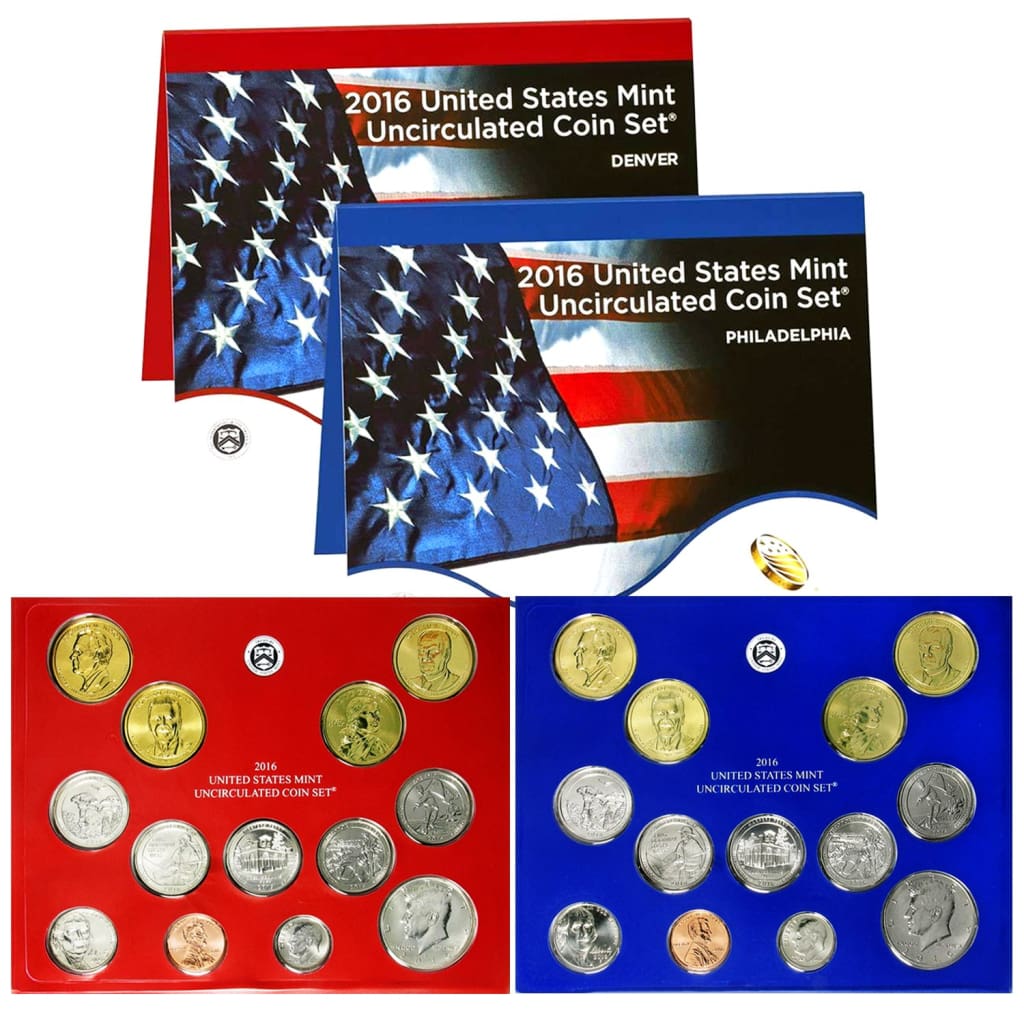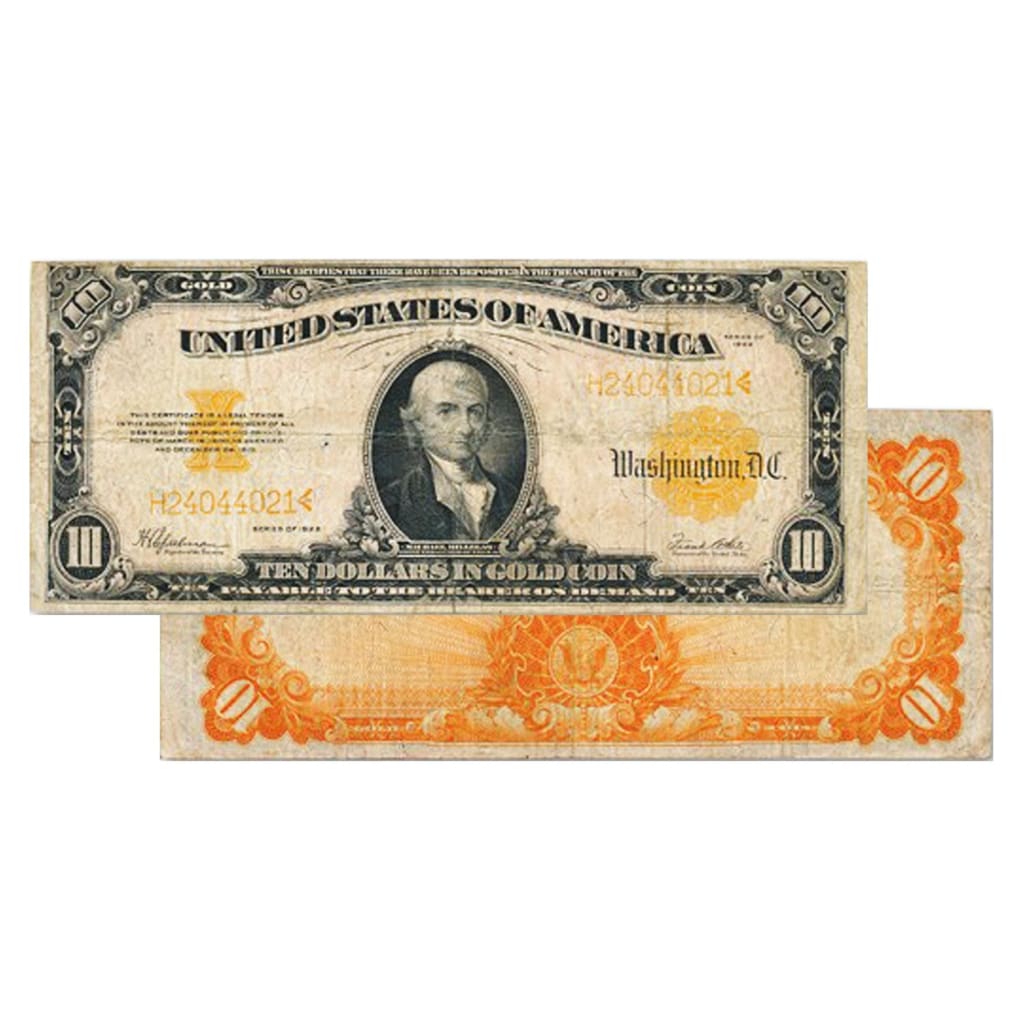Is There a Fortune in Your Pocket?
An extremely rare mismatched Sacagawea dollar coin sold for $120,000 at auction on January 10, marking the third time this variety, known as a “mule coin,” has topped the $100,000 mark.
First discovered in May 2000, this error coin is called “the Holy Grail of US Mint errors.” A mismatched die set at the Philadelphia Mint caused coin blanks, called planchets, to be struck with the correct reverse but with a die for the Washington quarter on its face (obverse).
It seems that when a press operator ordered a new obverse die for his machine, a die for the quarter was mistakenly supplied. Since the two coins are similar in size the mistake went undetected until a full bin of coins was discovered with the error. Those coins, along with those in bins on either side, were destroyed to prevent the mules from entering circulation. But a few slipped thorough anyway.
When a man in Arkansas opened a roll of new Sacagawea dollars, he discovered the mismatch and had it evaluated by the Professional Coin Grading Service (PCGS) where it was graded Mint State (MS 66) on the 70-point Sheldon Coin Grading Scale. Later that year the coin, now known as the “Discovery Coin” sold at auction for $29,900. Since then, 18 more coins have been found but only seven have been certified as “Superb Gem” condition.
About Error Coins
When coins were made by hand or on primitive coining machines, errors were more common and minor flaws were considered unimportant, so many of those coins went into circulation. But with the advent of sophisticated coining techniques and improved inspection methods, modern coin errors seldom make it into circulation. In fact, the presumed handful of Sacagawea error coins in circulation are a miniscule percentage of the roughly one billion “Golden Dollars” struck in 2000. This makes major errors like the Sacagawea mule dollar extremely rare and valuable, especially in top condition.
According to Heritage Auctions, the company handling the recent auction at the Florida United Numismatists convention, only six other MS-graded coins are known to exist and have sold for as much as $192,000.
Do You Have a Mule Hiding in Your Change?
Now that the Sacagawea Mule Dollar is widely known, chances are that collectors have searched high and low for any remaining examples and tucked them away. But nearly 800 million of the coins were minted in Philadelphia in 2000 so it’s possible they’ve not all been found.
While nearly all Sacagawea dollars in less than perfect condition are only worth face value, there were a couple of other rarities struck in Philadelphia that year including a special run for General Mills that were hidden in Cheerios cereal boxes and a die flaw known as the “Wounded Eagle” that bring several hundred dollars or more in top condition.
Chances are you don’t come across these dollar coins in change often since they’re fairly unpopular for circulation, but there are billions of them out there, so it pays to look them over when you come across them.
Collecting Error Coins
Error coins have seen a great increase in interest as collectibles lately. There’s even a national numismatic organization named CONECA
devoted to the education of error and variety coin collectors.
For more information about collecting error coins, see this overview on the Great American Coin Company
website.
- $1 Silver Certificates & Notes
- $2 Silver Certificates & Notes
- $5 Silver Certificates & Notes
- Gold Certificates & Notes
- North African Federal Reserve Notes
- Hawaiian Federal Reserve Notes
- Large Size Notes
- $20-$1000 Gold Certificates & Notes
- Confederate Banknotes
- Cull and Low-Grade US Paper Money
- Uncut Currency Sheets
- Wholesale Banknotes
- Display All U.S. Paper Money





